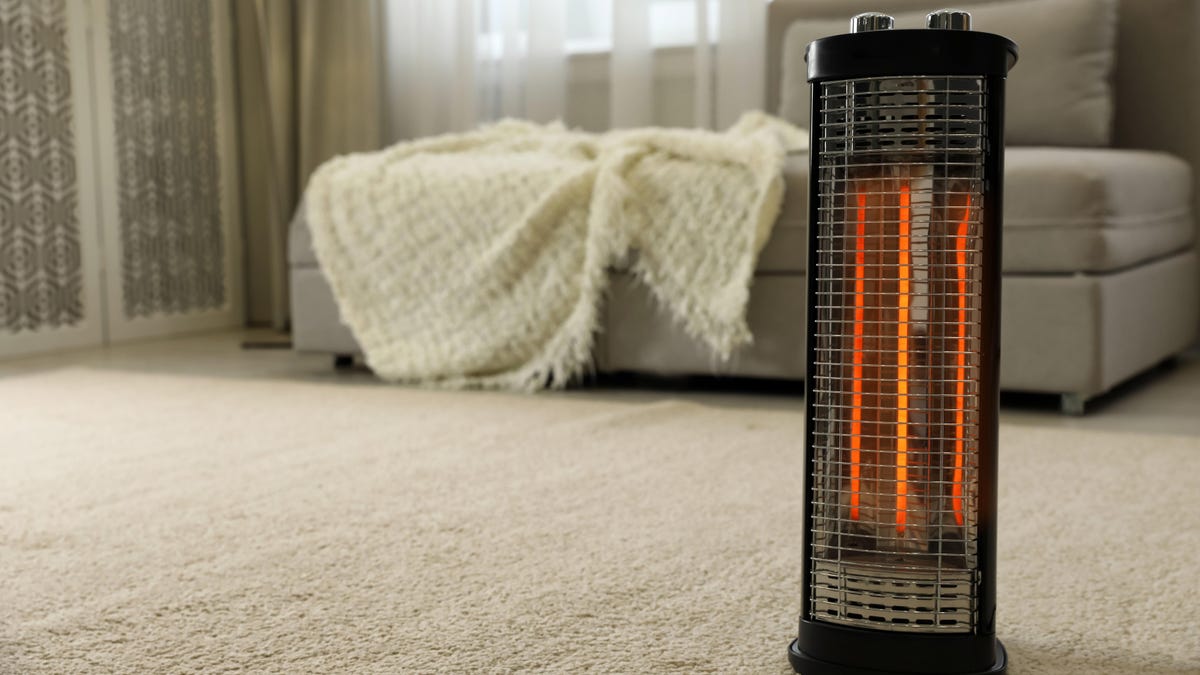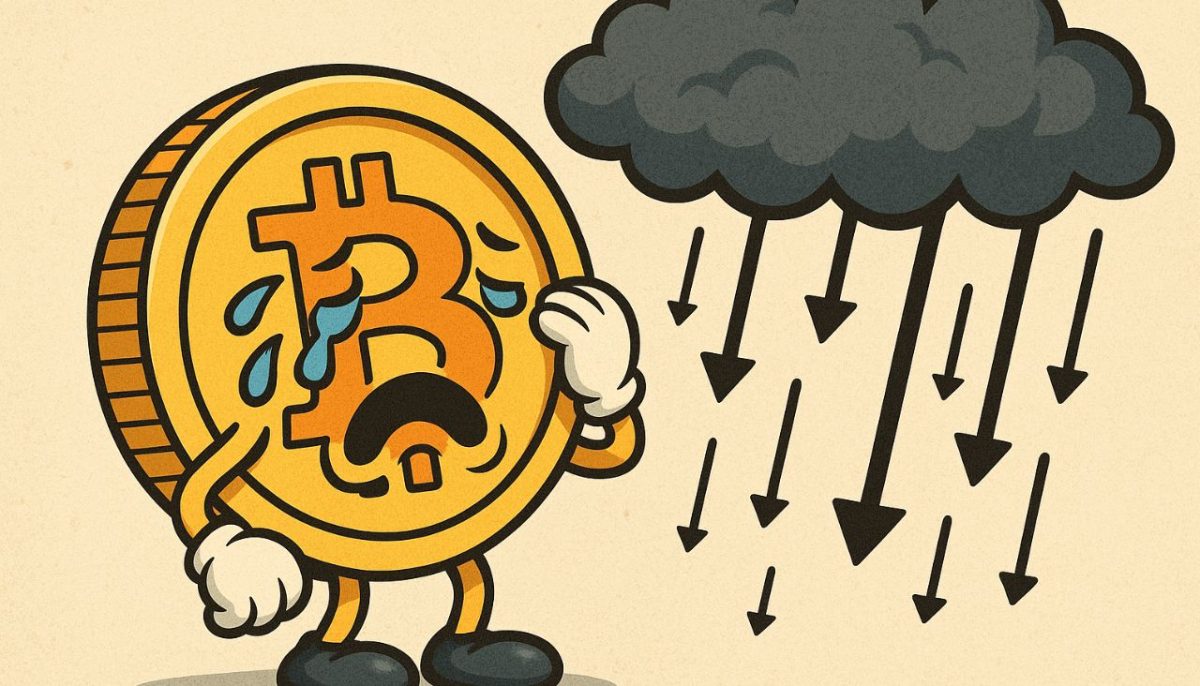How to Heat Your Home Without Accidentally Burning It Down
If you’re one of those fancy-pants types with central heating in your home, this article won’t apply to you, but if you’re living in a place with sub-optimal heating—maybe because you’re in a warmer climate and you only need...


Photo: New Africa (Shutterstock)
If you’re one of those fancy-pants types with central heating in your home, this article won’t apply to you, but if you’re living in a place with sub-optimal heating—maybe because you’re in a warmer climate and you only need heat a couple of nights a year—there are ways to keep your crib toasty this winter (without accidentally burning it down).
How to use a space heater as safely as possible
If you’re heating only a room or two in your house, chances are you’re going to be using a space heater. Whether they’re electric fan heaters, infrared, ceramic heaters, radiant heaters, or oil-filled heaters, more than half of Americans have used portable heaters to fight the chill of winter. They’re cheap and easy to use—but they are dangerous, too. According to the U.S. Department of Energy, portable heaters are responsible for about 25,000 fires in the United States each year, resulting in about 300 deaths and around 6,000 emergency room visits.
If you’re using a small heater this winter, please take the following tips seriously so you don’t burn your house down, give yourself carbon monoxide poisoning, or electrocute yourself:
Make sure your smoke detectors are working, batteried-up, and are the kind that also check carbon monoxide.Make sure whatever heater you use carries the Underwriter’s Laboratory (UL) label. This means it is “up to code” with current safety standards.Use the right size heater for the space you’re trying to heat. Keep children and pets away from space heaters.Place your heater on a level, flat, stable, nonflammable surface, like a tile floor.Make sure there is at least three feet of space between the heater and anything even remotely flammable. That includes rugs and carpets, bedding, drapes, and wall hangings. Your heater should have a feature that automatically turns it off if it tips, but check to make sure. Do not use an unvented combustion space heater, like some kerosene heaters, inside your home. That’s how you get carbon monoxide poisoning. Plug the heater directly into the outlet if possible. If you must use an extension cord (and you shouldn’t if at all possible) make sure it’s a heavy-duty cord of 14-gauge wire or larger.Turn off the heater whenever you leave the room.It’s possible to die from hyperthermia (overheating) caused by space heaters, so never leave a child, a person with mobility or sensory impairments, or a senior citizen alone in a room with a space heater. Never—and I can’t stress this enough—use a barbecue, an oven, or any kind of cooking appliance to heat your home. You, can, however, make a cake in your oven. It will warm up the kitchen, but hopefully you’ll remember to turn it off. As a bonus, you’ll have cake.How to use a fireplace as safely as possible
Fireplaces are, on the whole, responsible for fewer fires every year than space heaters, but they can still be dangerous. Here’s how to use them safely:
Never leave a fire burning in the fireplaces unattended. Make sure you open the flue before you start a fire. Make sure any embers in the fireplace are extinguished before going to bed.Use a glass or metal fire screen to keep embers in the fireplace.Have all furnaces, chimneys, fireplaces, wood and coal stoves inspected annually by a professional and cleaned if necessary.
 ValVades
ValVades 
































